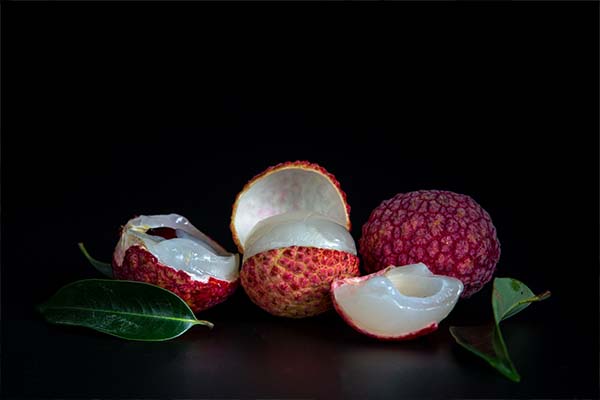We are the largest manufacturer and exporter of products based on the Citrus family in India. Over the years, we have accumulated extensive knowledge and expertise in Citrus Products, ensuring the highest quality and innovation for our customers.
We are the largest manufacturer and exporter of products based on the Citrus family in India. Over the years, we have accumulated extensive knowledge and expertise in Citrus Products, ensuring the highest quality and innovation for our customers.







